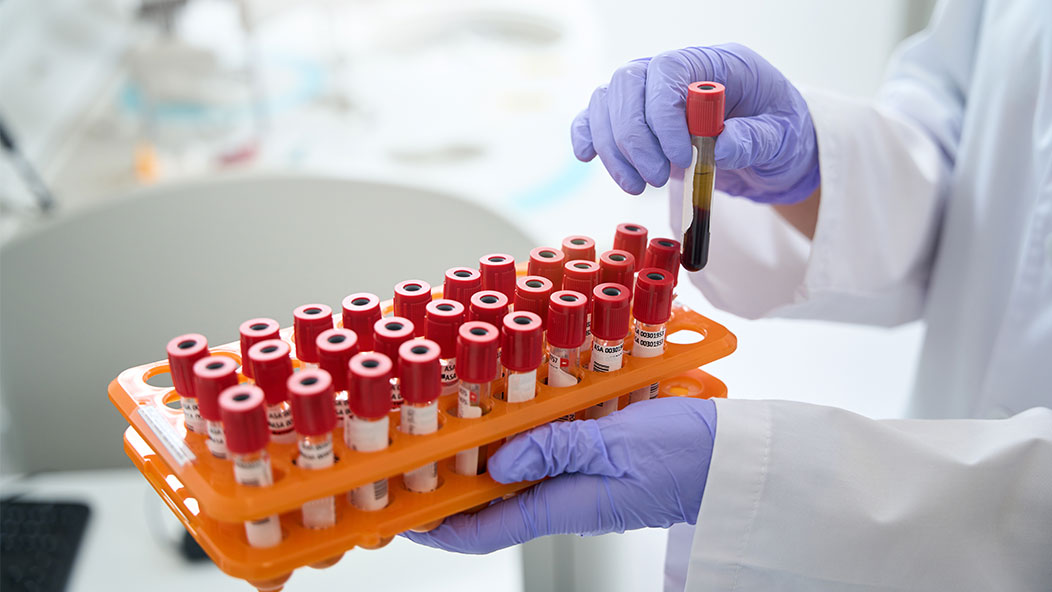
Myasthenia Gravis: An Autoimmune Disorder That’s on the Rise
In recent years, there has been growing concern about the increasing incidence of a chronic autoimmune disorder known as myasthenia gravis that causes extreme fatigue and muscle weakness. The Myasthenia Gravis Foundation of America estimates that 70,000 people in the United States have myasthenia gravis, with many more cases undiagnosed.
When someone has myasthenia gravis, their body’s immune system mistakenly attacks the communication signals between nerves and muscles, blocking a chemical needed to stimulate muscle movement, especially muscles that control the eyes, mouth, throat, and limbs.
Understanding Myasthenia Gravis
Myasthenia gravis can affect anyone at any age, but it is more commonly diagnosed in women under 40 and men over 60. The severity of symptoms can vary. In some cases, it can be life-threatening if the muscles that control breathing are affected. However, with treatment, most people with myasthenia gravis see considerable improvements in their muscle weakness and can lead normal or nearly normal lives.
Myasthenia gravis can be difficult to detect. While some cases may come on suddenly, with severe and generalized muscle weakness, most symptoms are subtle and variable, making it somewhat challenging to diagnose.
Common Symptoms
The symptoms of myasthenia gravis can vary widely among individuals, but some common signs include:
- Muscle weakness in arms, hands, fingers, legs, and neck
- Fatigue
- Droopy eyelids
- Double vision
- Restricted facial expressions
- Difficulty chewing, swallowing, or speaking
- Trouble walking
Diagnosing Myasthenia Gravis
Because symptoms mimic other neurological and muscular disorders, diagnosing myasthenia gravis can be a challenge. Medical professionals may use a combination of clinical evaluations, blood tests, imaging studies, and specialized tests such as electromyography to confirm a diagnosis.
Treatment Options
Currently, there is no cure for myasthenia gravis; however, various treatment options are available to help manage symptoms and improve the overall quality of life. These include:
- Medications: If diagnosed with myasthenia gravis, your physician may prescribe immunosuppressants and corticosteroids to manage your symptoms.
- Thymectomy: Your doctor may recommend surgically removing your thymus gland. Though this glad plays a role in helping your immune system fight disease and infection, myasthenia gravis can signal the thymus to attack healthy tissues.
- Plasmapheresis: This procedure involves removing and filtering the blood to remove antibodies contributing to muscle weakness.
- Intravenous immunoglobin: You may receive immunoglobin infusions, which can help people with weakened immune systems or other diseases fight infections.
While a complex and challenging condition, patients with myasthenia gravis can manage symptoms effectively and lead meaningful lives with medical care and support. If you or a loved one has symptoms of myasthenia gravis or another autoimmune disorder, make an appointment with your Kelsey-Seybold primary care physician who can help connect you with medical specialists if needed.
Meet Our Team
Our Internal Medicine physicians provide diagnostics and treatments for adults at Kelsey-Seybold Clinic locations throughout the Houston area, so you’re never far from the compassionate care you need.











